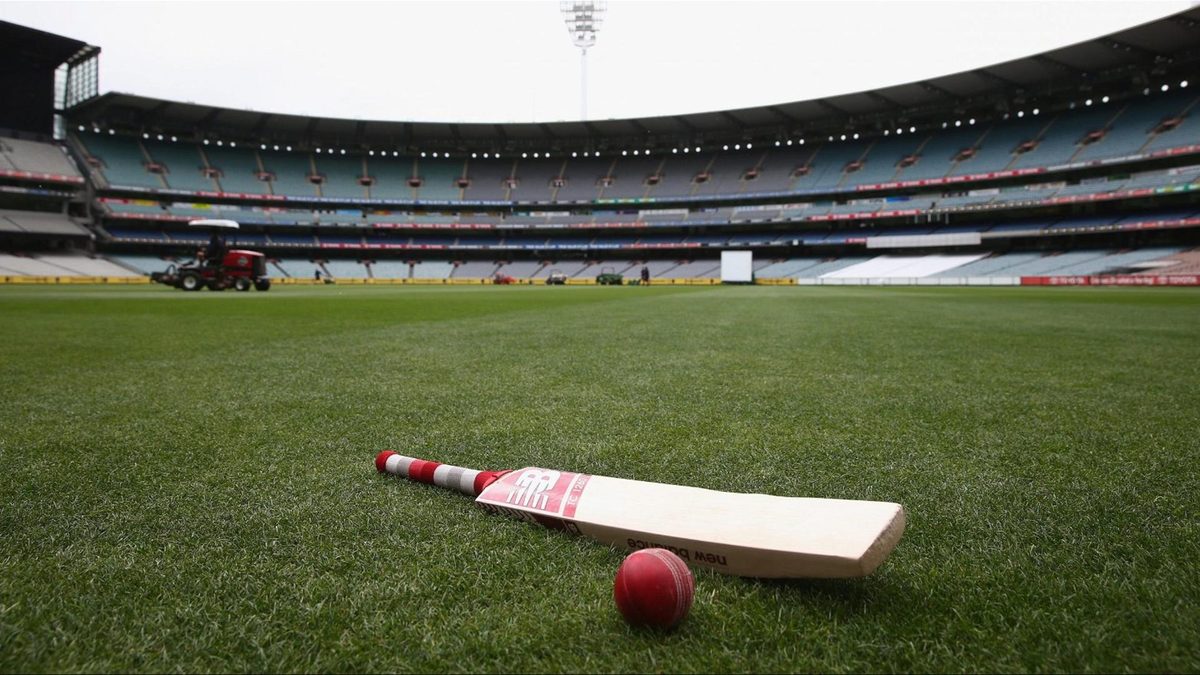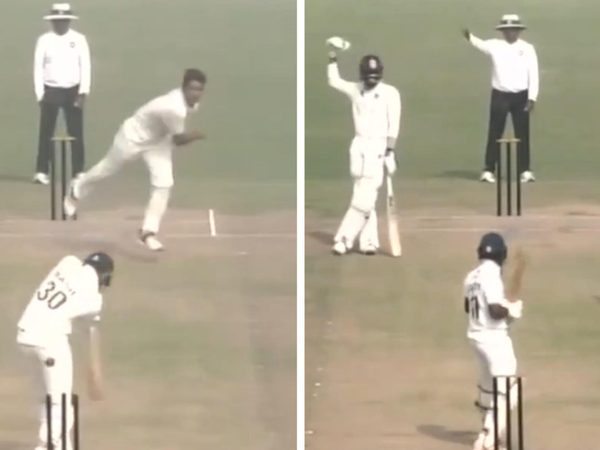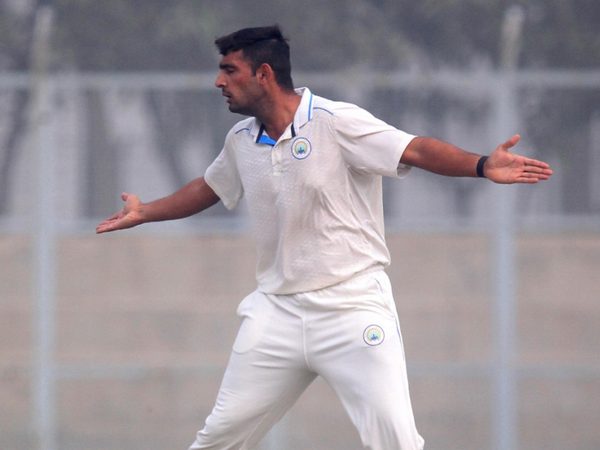
The International Cricket Council has existed in some form or another for more than one hundred years, and the game of cricket is older still.
Not a great deal has changed about the laws of cricket in its history, but an awful lot has changed about the technology that’s involved in playing at the highest levels. Whether it’s ensuring a fairer game, enabling higher standards to be reached, or trying to provide a better experience for the fans, there’s so much technology that’s changed the game of cricket for the better. Here are some of the most notable technological advances.
Live Streaming
There are plenty of innovations that have changed cricket for the better, but this might be one of the ones that has made the biggest difference for viewers at home. Live streaming has changed many industries, and the casino industry has been one of the most significantly affected. Live streaming has allowed innovations like crazy time game to become a reality, where people can tune into real-life action from home. It should be no surprise then, that the world of cricket has embraced live streaming too, with companies like WebCric and TouchCric offering live-streaming direct to any device. There’s nothing better than being able to watch a match from the stadium, but if you can’t then watching it from home can be pretty great too, especially during the chilly winter months. The only problems arise when the version you’re watching runs slow. Knowing you’re watching the action with a lag is frustrating, as everyone wants to celebrate and commiserate in real-time. It’s in these instances when live streaming really comes into its own as a brilliant invention.
HawkEye
Although one of the newest technologies on the list, Hawkeye has possibly made the biggest impact to the game overall. This technology was invented in 2001 and it tracks the trajectory of the ball from the moment it leaves the hand of the bowler. It’s utilised most effectively for showing umpires and fans exactly where the ball would have travelled to, meaning that any decisions that are made are fair and able to be understood by everybody. It’s turned around many lbw decisions, making the sport fairer for everyone.
Snickometer and HotSpot
These two technologies are being bundled in together for reasons that should hopefully become clear. The Snickometer, fondly known as Snicko, was invented by Allan Plaskett. The idea was that the Snicko would help umpires in their decision-making by creating a graph. If the umpire saw a disturbance in the graph, they would know at which moment in time the ball made contact with anything as a blip in the graph would appear. This effect is achieved by placing a microphone right near the batter, to detect any sound made by the collision of the ball and bat, or with the batter himself.
Instead of using microphones, HotSpot uses an infrared detection system that collects data on the heat generated from the ball’s impact. HotSpot uses infrared sensors which means that super high quality cameras must be placed in various positions around the ground.








